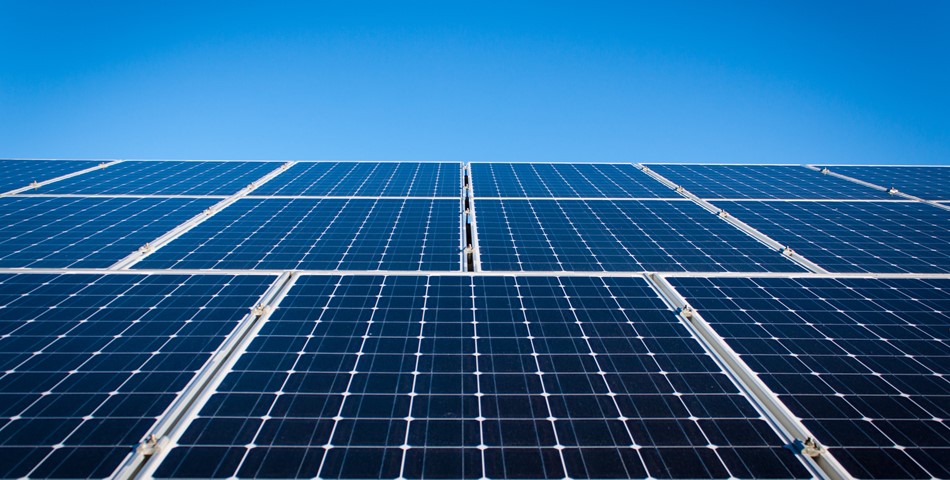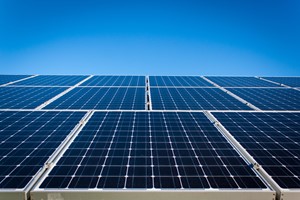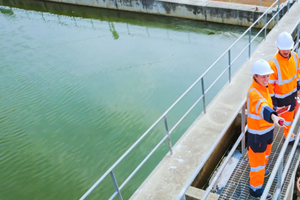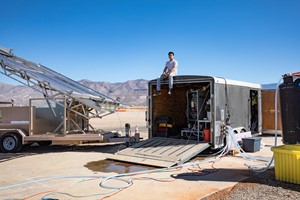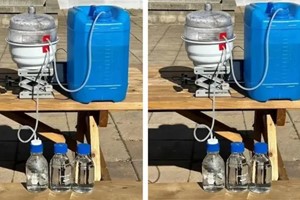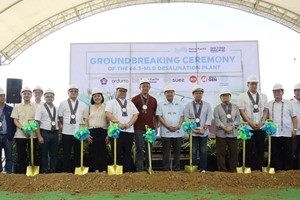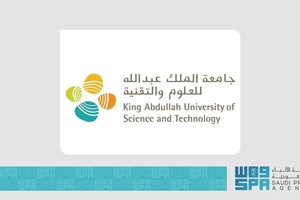Water scarcity is one of the most crucial problems in the Middle East and North Africa (MENA) region. The MENA is home to 6.3% of the world population but has only access to 1.4% of the fresh renewable water resources.
The World Bank estimates that by 2050 the annual water demand gap will increase from 42 km3 to approximately 200 km3. Main reasons for the water scarcity in the region include the increase in population and economic development as well as climate change and desertification. To mitigate water scarcity, the countries of the MENA region have substantially increased their investment and participation in desalination.
There is no single model for desalination, nor can one model be applied in all the countries. Desalination is not a new technology; on the contrary it is one of the oldest methods of water purification known to man. The desalination process in nature is responsible for what we know as the "water cycle". The sun provides energy that causes surface water to evaporate.
Subsequently the water vapor comes in touch with a cooler air; it then re-condenses to form rain. This process can be duplicated artificially with much faster speed and higher quantity. The process of desalinating salt or brackish water can be done in three ways: Seawater is distilled through heating, causing it to evaporate. The vapor is then condensed by using electricity or low-pressure vessels to lower the amount of energy required.
The process of reverse osmosis is applied, in which high pressure pumps force the water through a membrane that is impermeable to salt. Desalination projects can have a substantially negative impact on the environment, such as marine life disturbance and destruction, greenhouse gas emissions and the decline of the coastal water quality. That is mainly due to the massive consumption of energy during the desalination process, as well as the high concentration of chemical discharges that contain heavy metals from corrosion and low levels of heavy metals.


In the reverse osmosis plants, there would be even traces of iron, nickel and chromium. The desalination process is a very expensive undertaking for the countries concerned. Nevertheless, there are already more than 2,800 desalination plants operating in the MENA region and they produce around 27 million m of freshwater from seawater per day. As mentioned before, there is no single desalination model that can be applied to all the countries in the MENA region. Due to the environmental impacts that are mentioned before, a new and more sustainable approach might be an interesting option for the MENA region.
For now the most popular method that will replace the old-fashioned energy consumptive desalination processes is the Concentrated Solar Power Plant (CSP). Other methods of desalination using renewable energy include solar-thermal energy and wind-based energy. CSP works by utilizing large mirrors, which are placed in a field, capturing rays of sunlight and reflecting them to the receiver elements and that then amplifies the heat by up to 100 times.
This can be used in a thermal power cycle through steam turbines or gas turbines. CSP plants can also function through fossil fuels, allowing them to satisfy the demand. The biggest consumers of the CSP plants in the MENA region are Algeria, Libya, Qatar, Saudi Arabia, Kuwait and UAE. The United Arab Emirates and China have signed an agreement to cooperate to increase the use of renewable energy in the desalination process. The goal is to reduce the energy consumption to 40%. CSP is a viable and suitable option for the industrial-scale desalination plants which require more electricity and the high temperature fluids. The MENA region is more than adequate for techniques using solar energy since there is abundance of potential.
Several other countries in the region such as Egypt, Morocco and Tunisia have started large projects concerning the CSP plants. Morocco has the potential to be a leader in the region with the construction of the massive solar energy plant in Ouarzazate which will partially be used for desalination purposes. This project is under the umbrella of Desertec, together with the construction of the Tunisia's TuNur solar plant, which was approved in 2012. The most recent project took place in Qatar where Monson Group announced new low-energy consumption, automated, renewable energy-powered desalination plant.
Given the rapid expansion of the population, urbanization and of climate change, the countries in the MENA region will rely further on desalination as a way to meet the increasing freshwater demands. Due to the hazardous effect that desalination has on the environment, as well as the high costs of building and utilizing the desalination plants, more sustainable solutions such as CSP are likely to be a promising solution for many countries in the MENA region.



